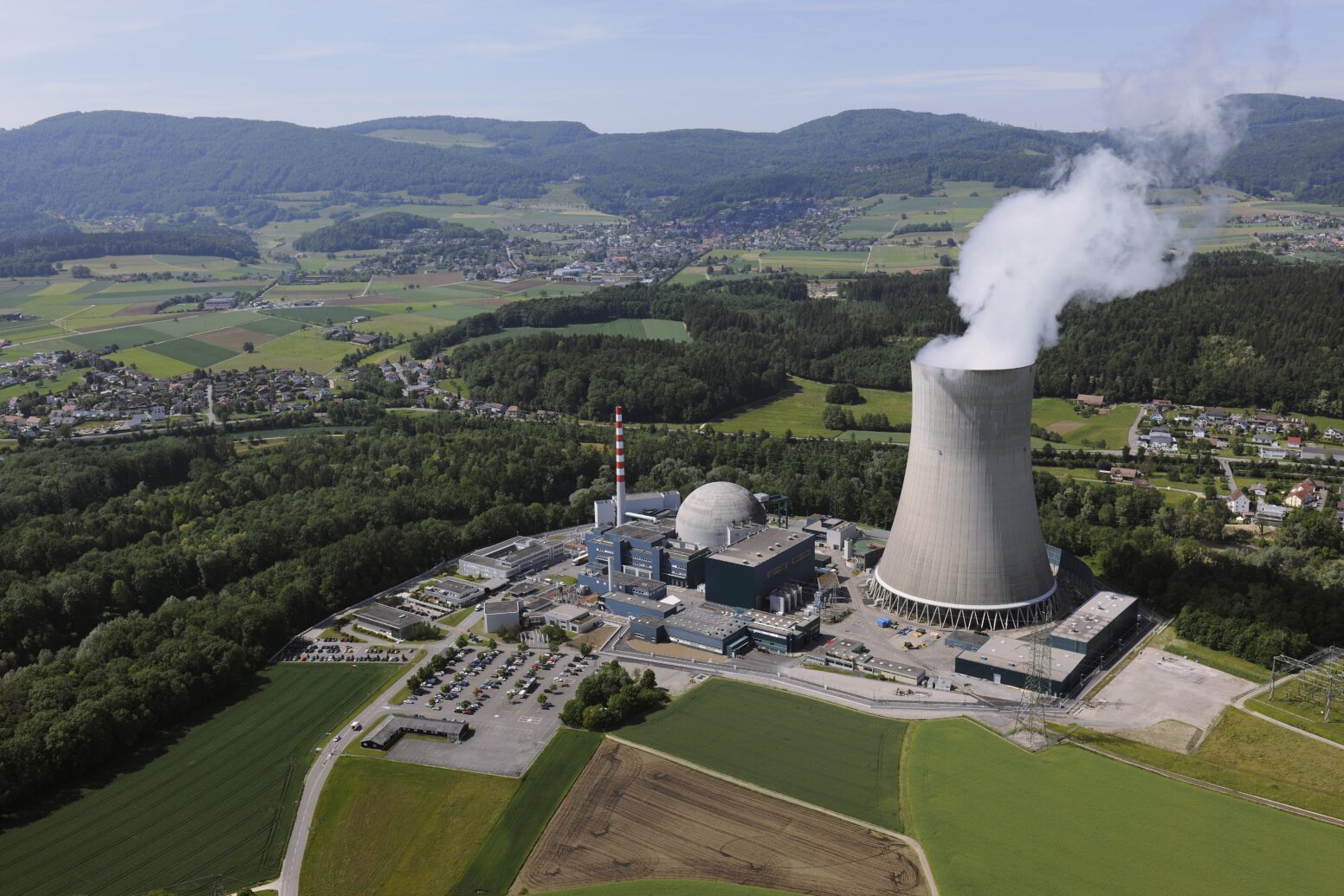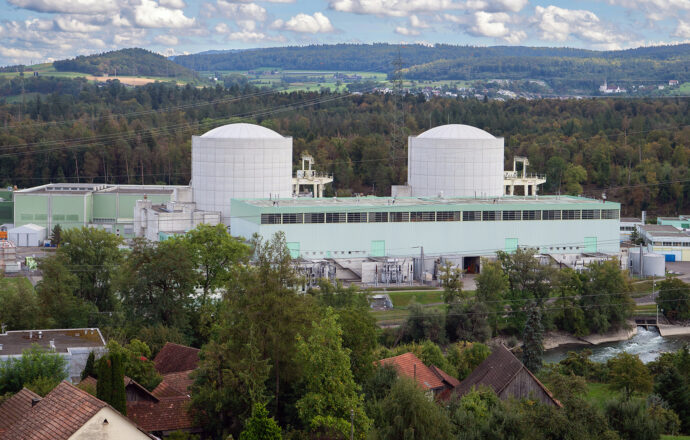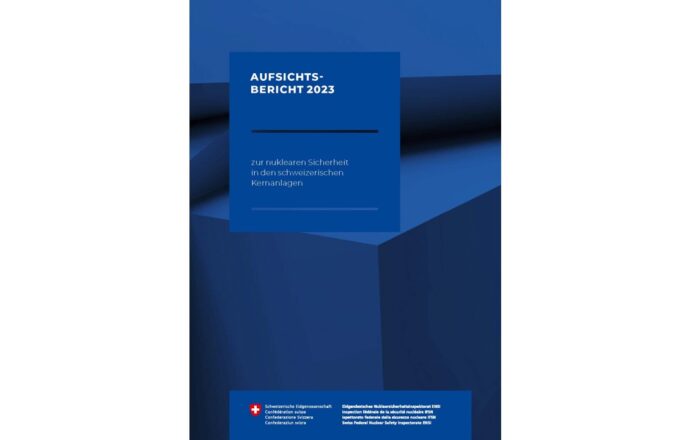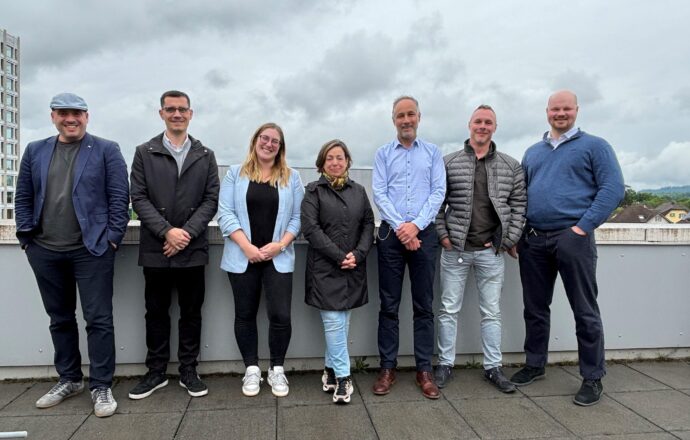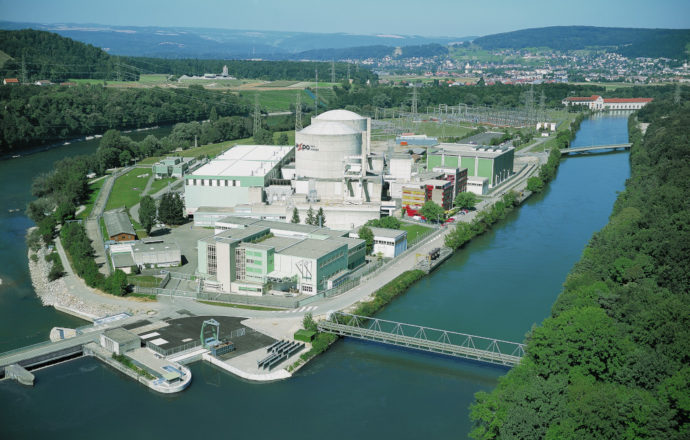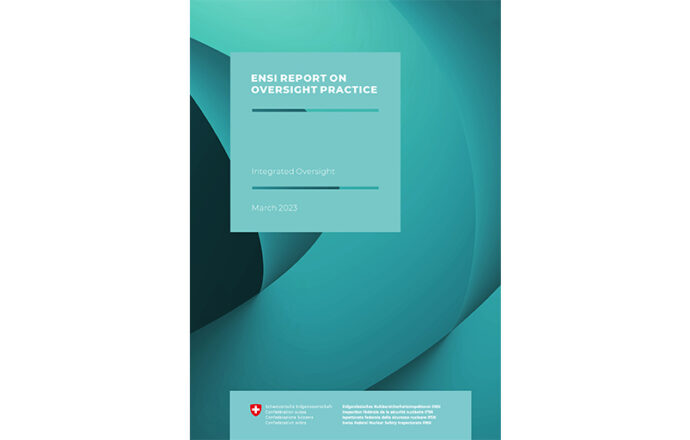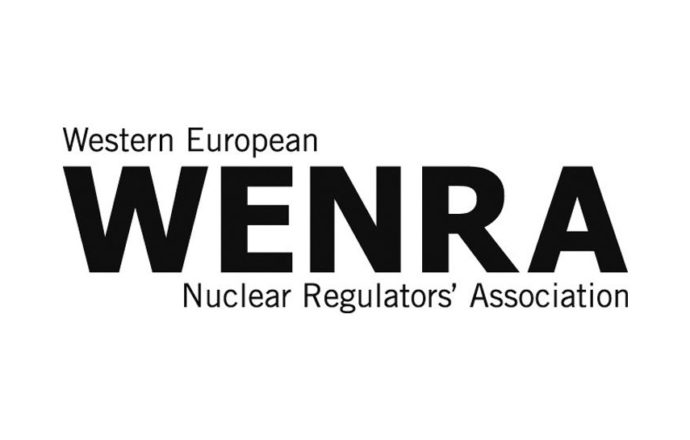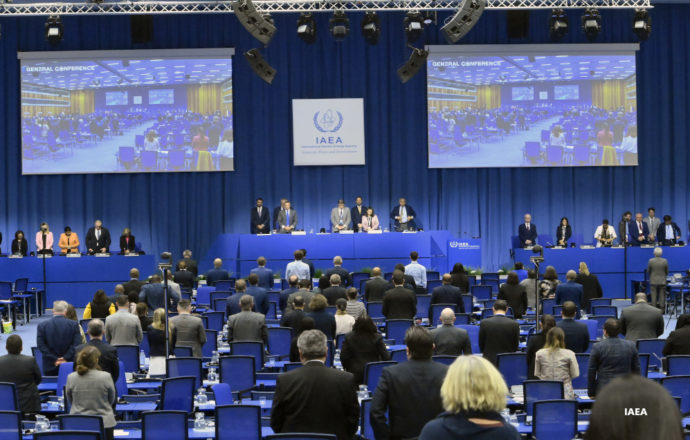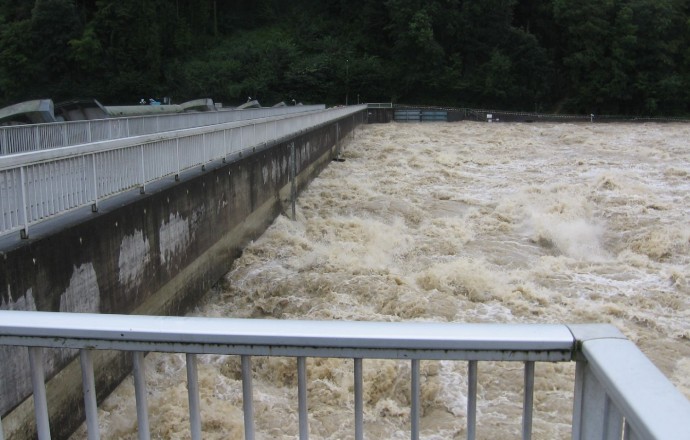In 2016, the Swiss Federal Nuclear Safety Inspectorate (ENSI) set new requirements for the seismic hazard of Swiss nuclear power plants (NPP). These new guidelines take into account the latest scientific findings. In 2016, ENSI decreed that NPP operators must demonstrate in three steps that their plants can withstand extremely infrequent severe earthquakes:
- Step 1: Update earthquake safety proof by the end of 2018
- Step 2: Update probabilistic safety analysis by the middle of 2019
- Step 3: Submit extended deterministic safety proof by September 2020
Final step for the Gösgen nuclear power plant partially confirmed
ENSI examined the submitted and updated documents in detail. In 2021, ENSI approved step 1 (deterministic proof of earthquake safety in accident category 3) for all NPPs. In 2022, ENSI approved step 2 (probabilistic safety analysis) for all NPPs.
In 2023 and 2024, ENSI approved the extended deterministic safety cases (Step 3) for the Mühleberg, Leibstadt and Beznau nuclear power plants. ENSI now partially approves the extended deterministic safety case for the Gösgen nuclear power plant as well.
The review of the documents submitted by the Gösgen nuclear power plant has shown that both the core cooling and the cooling of the spent fuel ponds at the Gösgen nuclear power plant are ensured in the event of a very severe category 3 earthquake, which is expected to occur every 10,000 years. This also applies to a combination of an earthquake and earthquake-related flooding. The maximum permissible dose of 100 millisievert would not be exceeded in the event of such an accident. In its statement, ENSI makes demands regarding the selective need for improvement of the evidence for accident category 3, but these do not fundamentally call into question the overall results of the review and will be followed up as part of the ongoing supervision.
ENSI also concluded that the technical acceptance criteria are met for the 1,000-year earthquake in accident category 2. However, ENSI did not conclusively accept the radiological proof of compliance with the dose value of 1 mSv for earthquakes in accident category 2 in its current form. ENSI therefore requested that the Gösgen nuclear power plant revise and resubmit this proof by mid-2026.
More Information
- Updated hazard assumptions for earthquakes require new safety proof from the Swiss nuclear power plants
- Leibstadt and Beznau nuclear power plants can withstand infrequent severe earthquakes
- Topic Earthquakes
- PEGASOS: New seismic hazard assumptions and proofs for NPPs (video interview in German)
- PEGASOS: Updated seismic hazard assumptions for Swiss NPPs
- ENSI final report on the PEGASOS Refinement Project (PRP) and PRP Summary Report”
- PEGASOS: SSHAC-Verfahren für genaue Erdbebenwerte
